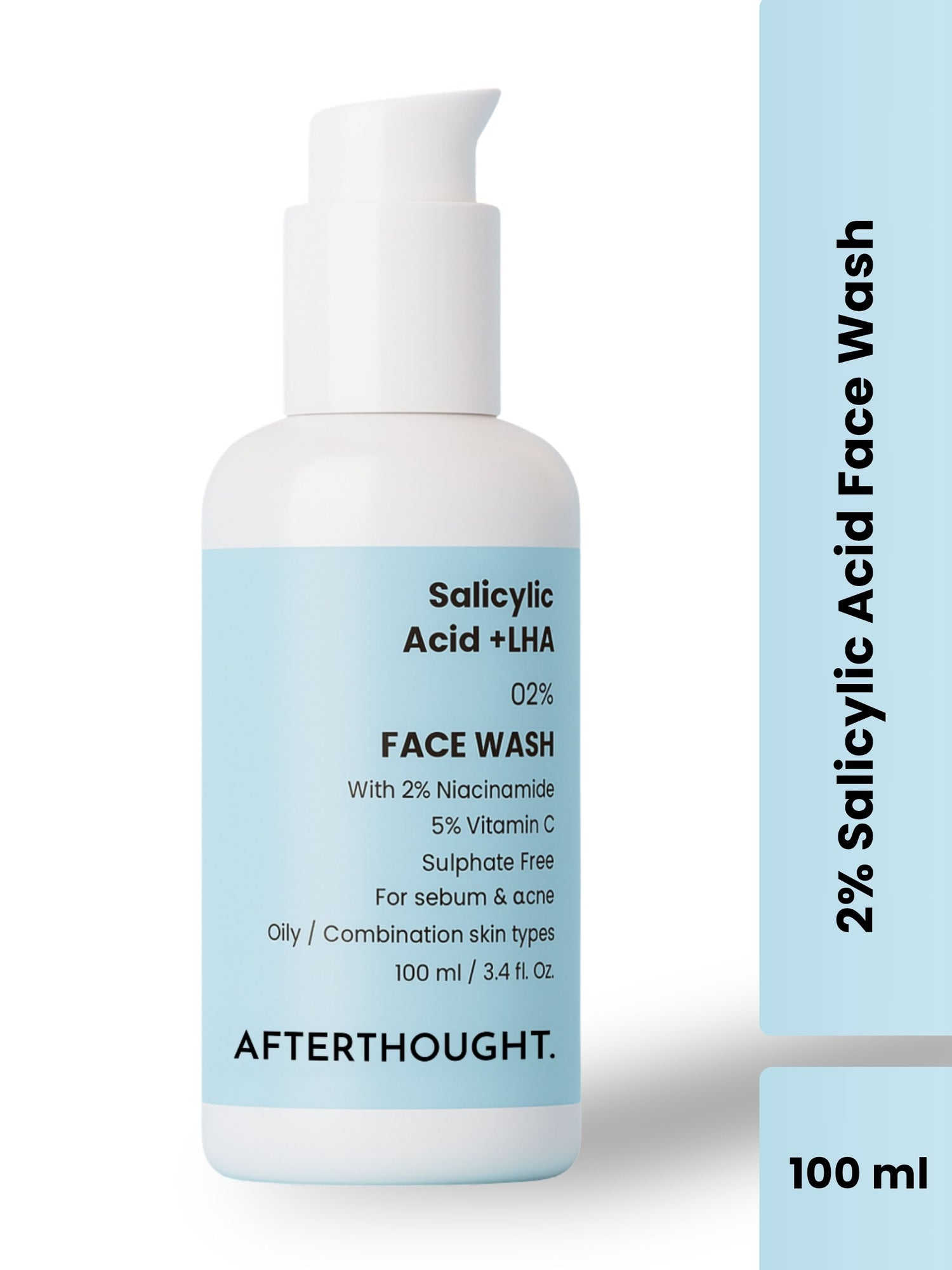How To Keep Teeth White After Whitening?
Afterthought IndiaMaintaining a bright, white smile after undergoing teeth whitening can be a challenge, but with the right habits and practices, you can keep your teeth looking their best. Here’s a comprehensive guide to help you sustain that pearly-white shine.
1. Follow a Consistent Oral Hygiene Routine
Maintaining excellent oral hygiene is crucial for preserving your whitening results. Brush your teeth at least twice a day using fluoride toothpaste to remove any surface stains and plaque. Additionally, floss daily to remove food particles and plaque between your teeth and below the gumline, where your toothbrush may not reach.
2. Avoid Staining Foods and Drinks
Certain foods and beverages can stain your teeth and undermine your whitening efforts. Limit or avoid the following:
- Coffee and Tea: These beverages contain tannins that can cause discoloration. If you do drink them, consider using a straw to minimize contact with your teeth.
- Red Wine: Known for its deep color and acidity, red wine can easily stain teeth.
- Berries: Fruits like blueberries, blackberries, and cherries have strong pigments that can lead to staining.
- Soy Sauce and Balsamic Vinegar: These can also contribute to discoloration due to their dark colors and acidic nature.
When consuming these items, rinse your mouth with water afterward to help reduce their staining effects.
3. Use Whitening Toothpaste
While your professional whitening treatment will provide immediate results, using whitening toothpaste can help maintain and even enhance those effects. These toothpastes contain mild abrasives that help remove surface stains and prevent new ones from forming. They are also formulated to be gentle on your enamel while maintaining your teeth’s whiteness.
4. Avoid Smoking and Tobacco Products
Smoking and using tobacco products can cause significant staining and yellowing of your teeth. Quitting smoking not only improves the health of your teeth and gums but also helps maintain their whiteness.
5. Drink Plenty of Water
Water helps wash away food particles and bacteria that can cause staining. Drinking water regularly throughout the day can also help neutralize acids and maintain your oral health, which in turn helps keep your teeth white.
6. Get Regular Dental Cleanings
Regular dental cleanings are essential for maintaining oral health and keeping your teeth white. During these visits, your dentist or hygienist will remove plaque and tartar buildup, which can contribute to discoloration. They can also provide professional advice on maintaining your whitening results.
7. Use a Straw
When drinking beverages that might cause staining, using a straw can help minimize contact with your teeth. This is particularly useful for drinks like coffee, tea, and fruit juices.
8. Rinse Your Mouth After Meals
Rinsing your mouth with water or a mouthwash after meals can help remove any potential staining substances from your teeth. This practice reduces the risk of staining and helps keep your mouth fresh.
9. Consider Touch-Up Treatments
Depending on your whitening method, you may need occasional touch-up treatments to maintain your results. Consult with your dentist about the best options for maintaining your smile’s brightness. This could involve using over-the-counter whitening products or scheduling periodic professional whitening sessions.
10. Maintain a Healthy Diet
A balanced diet not only benefits your overall health but also contributes to oral health. Consuming foods rich in calcium, vitamin D, and phosphorus helps strengthen your teeth and maintain their natural whiteness. Foods like dairy products, leafy greens, and nuts can be beneficial in this regard.
11. Be Mindful of Acidity
Acidic foods and drinks can erode enamel, making teeth more susceptible to staining. Limit your intake of highly acidic items such as citrus fruits, vinegar, and carbonated drinks. When consuming acidic foods, try to do so with a meal to reduce their impact on your teeth.
12. Use an Antimicrobial Mouthwash
Using an antimicrobial mouthwash can help kill bacteria that contribute to plaque formation and tooth discoloration. This can complement your oral hygiene routine and help maintain the whiteness of your teeth.
Conclusion
Maintaining white teeth after a whitening treatment involves a combination of good oral hygiene practices and lifestyle choices.
By avoiding staining substances, practicing regular dental care, and adopting habits that protect your enamel, you can enjoy a bright, white smile for years to come.
Consistency and mindful choices are key to preserving the results of your whitening efforts and ensuring your teeth remain healthy and radiant.
Also Read: How Often Should You Use Teeth Whitening Strips?

